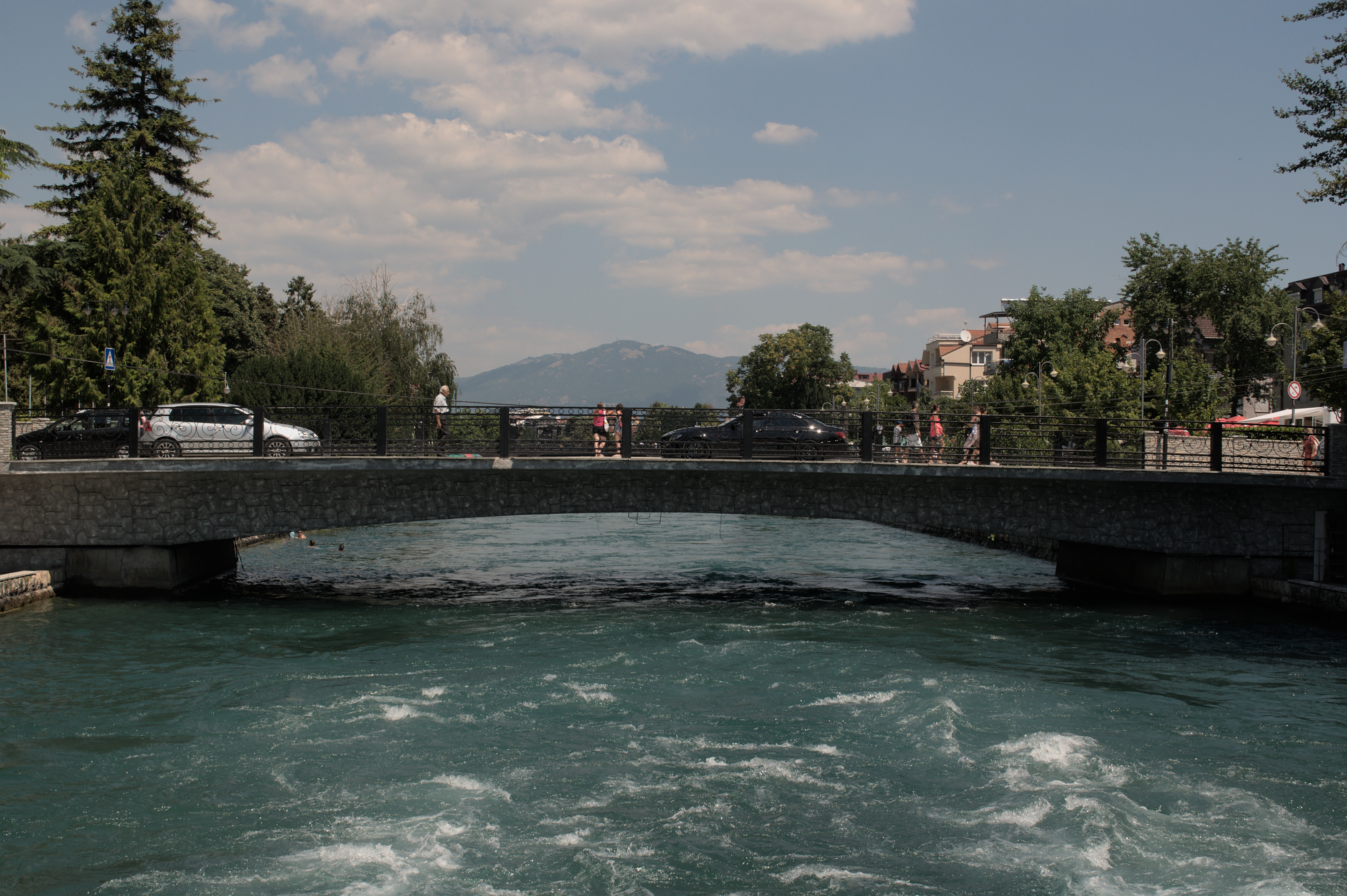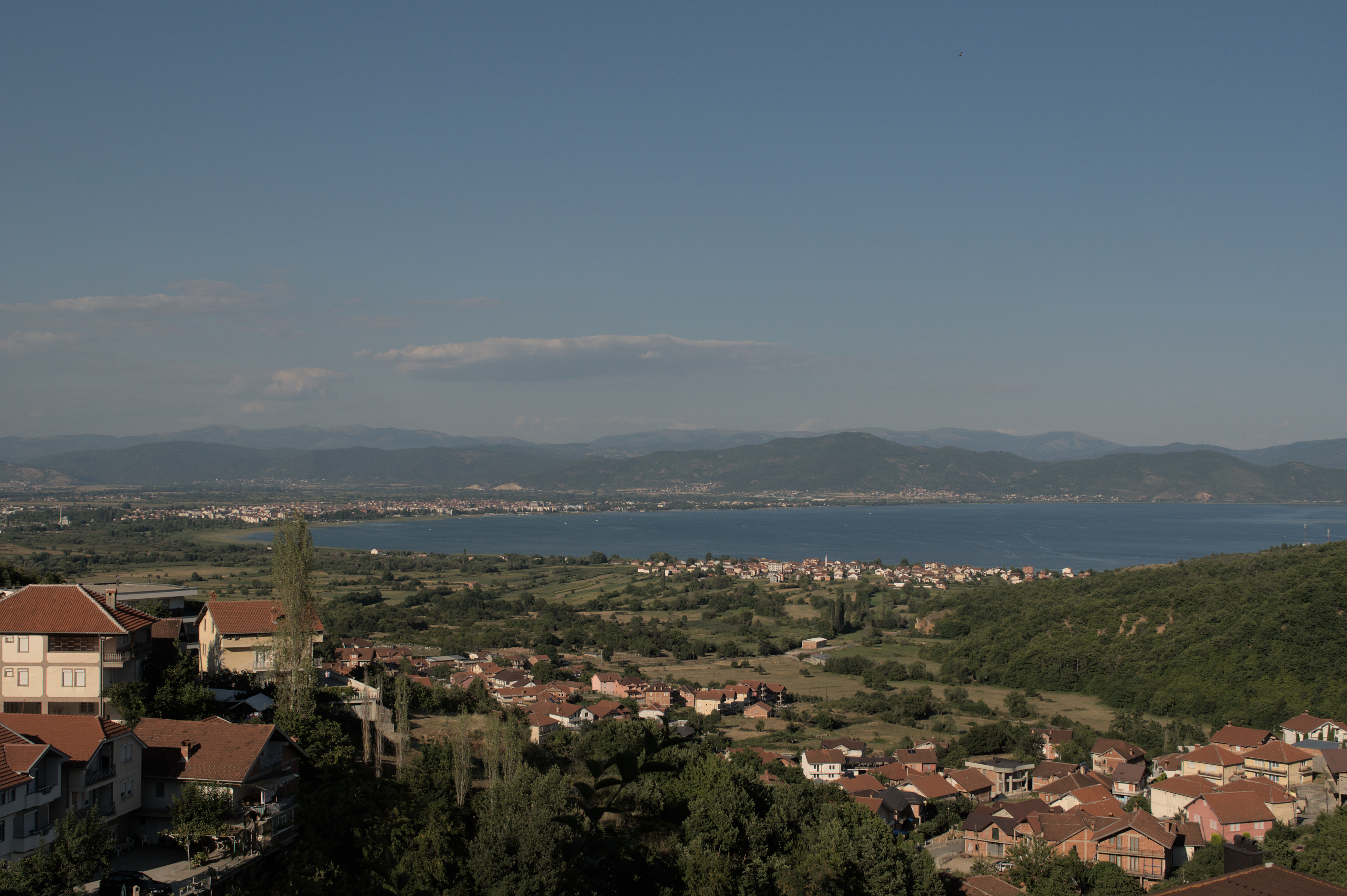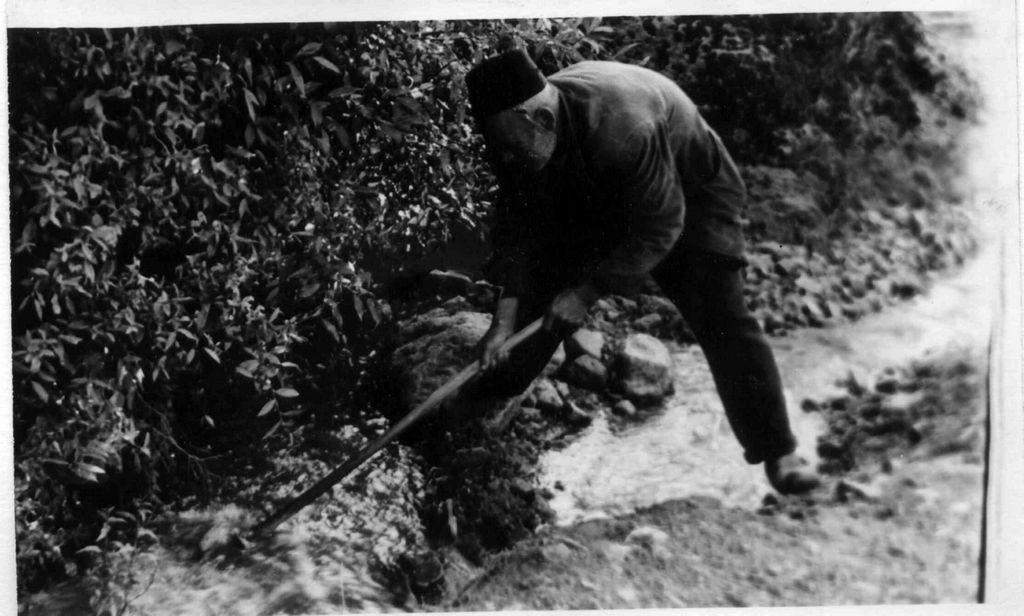Piloting Rapid Ethnographic Research
IN PURSUIT OF SUSTAINABLE COMMUNITY WATER GOVERNANCE PRACTICES
November 1, 2022

Both too much and too little water can be a disaster. This is the quote our Resident Representative Armen Grigoryan, shared with us as he was giving us the green light to pursue a crowd mapping campaign to raise awareness and inspire action about water governance in our communities. The sentence reflects quite well the importance of having access to water, the dangers of water stress and scarcity, the importance it has for agriculture and energy in our country, as well the challenges water can sometimes bring for the livelihoods of people and communities. We used the sentence, when communicating our activities, but we also debated about it among our team, with a particular interest in learning if communities in North Macedonia have built resilience mechanisms to deal with ‘too little water’. We were also guided by one of the sentiments shared in the ‘for Tomorrow’ documentary where our colleague and Global Accelerator Lab team Lead Gina, argued that ‘it is the people closes to the problem, who might have most knowledge about that problem’. Inspired and determined to investigate the issue further we teamed up with Eda Starova, an anthropologist from the Institute of Ethnology and Anthropology at the Ss. Cyril and Methodius University in Skopje. Together, we decided to pilot the tool: rapid ethnographic research, with the goal to learn if there are community water management practices that we can study and are potentially innovations that should be share to the public. We were encouraged to use the tool ‘rapid ethnographic research’ by the publication ‘system change, a guidebook for adopting portfolio approaches’, that made the case that through this tool we can learn directly from people, by engaging with them in their lived context, and getting an ‘insider perspective’.

Rapid Ethnographic Research. To conduct an ethnography of water entails stepping into the intersections of waterworlds, navigating through networks of communities and institutions that access and manage water, and understanding how people negotiate and create values. As water shortages affect communities globally in many ways, the protection of existing water systems gains not only ecological, but also socio-economic importance. In North Macedonia, there are large discrepancies in terms of water availability and access, with much higher levels of unsafe drinking water in rural areas (20-40%) and general lack of local strategic frameworks to provide access to water and sanitation equitably. Most of the population has direct access to public water pipelines, however it is notable that most of the households that do not have this access are concentrated in rural areas. In that regard, the Southwestern region of North Macedonia, more specifically the city of Struga and surrounding villages, presents an intriguing field site for exploring community relationships to water. The Ohrid Lake and Crn Drim river are in the region, as well as significant karst springs on Jablanica mountain and networks of underground springs and streams in the Struga valley. However, despite the presence of such significant bodies of water, citizens of Struga and surrounding villages at times report water shortages. Informed by these arguments, and with the goal to better understand sustainable community water practices, we conducted the rapid ethnographic research in the months of July and August, in the city of Struga, and some of the surrounding villages in the Drimkol region and the Struga valley, including: Vevchani, Vishni, Frangovo, Lozhani and Draslajca. The geographic elements, demographic makeup and local histories of development and migration in these settlements present a region in which there are a multitude of livelihood experiences.

Water Governance and Infrastructure.
Water infrastructure and governance is a resource crucial for ensuring equal access to water, as well as a mode of establishing local power and control. In our ethnographic research we learned that the point of contrast between the urban and rural communities of choice, pertaining to water governance and infrastructure is significant, particularly when we talk about observations on who is responsible for water management. In that regard, rural and urban models differ in terms of institutional roles in management practices, and in this respect, there is an essential difference between the citizens’ experience and perceptions. In the city the collective investment and construction of the water infrastructure was not a topic individuals discussed, rather the main assumption was that the enterprise [as a representation of the state] was responsible, leading to a different type of discussion on the need to enhance the public institutions. On the other hand, rural communities had a level of self-regulation of their water governance and infrastructure, that provided for a different experience. A particular element of pride that came up in conversations in the rural communities, was the collective constructions of those systems through citizens contributions. In almost all villages that were a part of our research, one could find the remnants of collective infrastructures – dirt or paved canals with running water alongside almost each home, canals that were primarily constructed for irrigation, and where any household can source water with no requirements to pay for its use. This collective construction of infrastructure continues today as well, with many village communities finding ways to deal with issues independently, where the diaspora members helped fund infrastructure processes, through the local community units. In that regard, it is natural to see collective infrastructure as more than just the material. Collective infrastructure is, in its functional nature, inseparable with the human element of contribution and management. It consists of more than just underground pipes - encompassing collective memories of labor actions, direct financial contributions, and local management.
The informal institution of water focal point [i.e. Водар]
When we talked to citizens in the village of Frangovo, we learned that the local community informally supports two water focal points [i.e Водар], individuals that deal with local plumbing issues among the households, keep a vigilant eye on the village reservoir, and collect payments. They are known in the village, and they take on the responsibility of dealing with inevitable water issues. Upon further investigation we learned that this institution has a history in the villages in North Macedonia, particularly when it comes to maintaining the watering canals, that were a responsibility of villages, and for the purpose of which they would appoint a village water focal point/ the vodar, who would ensure the fair and equitable distribution of water, guarding streams and canals from theft and maintenance of the canals. These were people of trust, and someone that are well known among the community.

Vodar in Labunishta, photographed by Joel M. Halpern in 1962;
Digital Archive for Ethnological and Anthropological Resources at the Institute of Ethnology and Anthropology
The existence of this institution within traditional rural self-governance points to the significance of building trust and accountability among community members, as well as underlying expectations for conscientious and equitable water management.
More insights instead of concluding remarks.
The Struga region is a polyphonic site of action and negotiation. It is comprised of various layers of institutional intervention, citizen engagement and community practices. Conducting rapid ethnographic research in the region allowed us to explore the different ways in which people engage with their environment. The context of the region’s geography, environmental value as well as its significance as an area of major tourism, provide a broader picture to better understand how protection and management of water can become issues that incorporate both institutional and communal action.
Like other parts of the country, the region we focused on has for years faced the challenges of water uncertainty. Combinations of heat-induced droughts, industrial investments, agriculture, as well as population movement and infrastructure challenges, are some of the factors that affect the region. There is undeniably a strong awareness of the need to protect waterscapes for the benefit of the wider environment, and community livelihoods as a continuation. However, there is an even stronger sense of urgency to ensure clean water for human consumption as a priority. In both urban and rural environments, inhabitants recounted well-known reasons for drop of water quality.
UNDP core support in the space of water management
As a UNDP country office, we try to do a lot of work under the thematic program of Climate and Disaster Resilience, our projects and interventions range from integrated lake watershed and river basin management, to flood recovery programs. What we are trying to do as an Accelerator Lab is contribute in a meaningful way towards treating this topic, by working with new tools and methods, and allowing new type of insights and feedback to drop in, our country office, and to our key partners.

 Locations
Locations